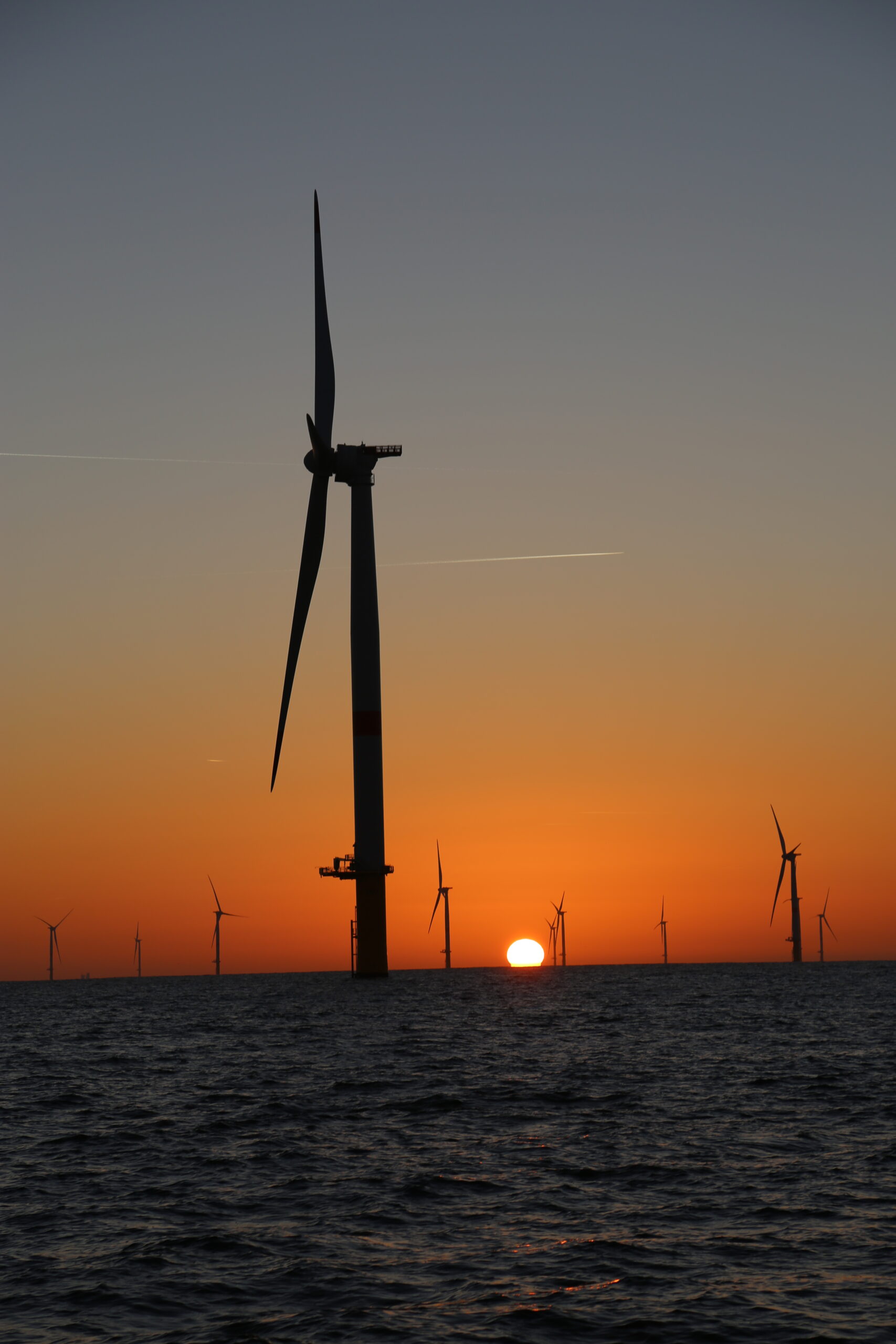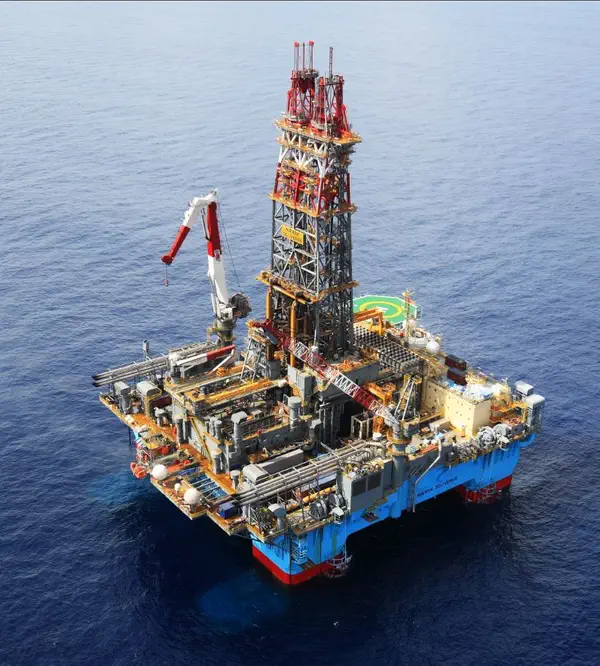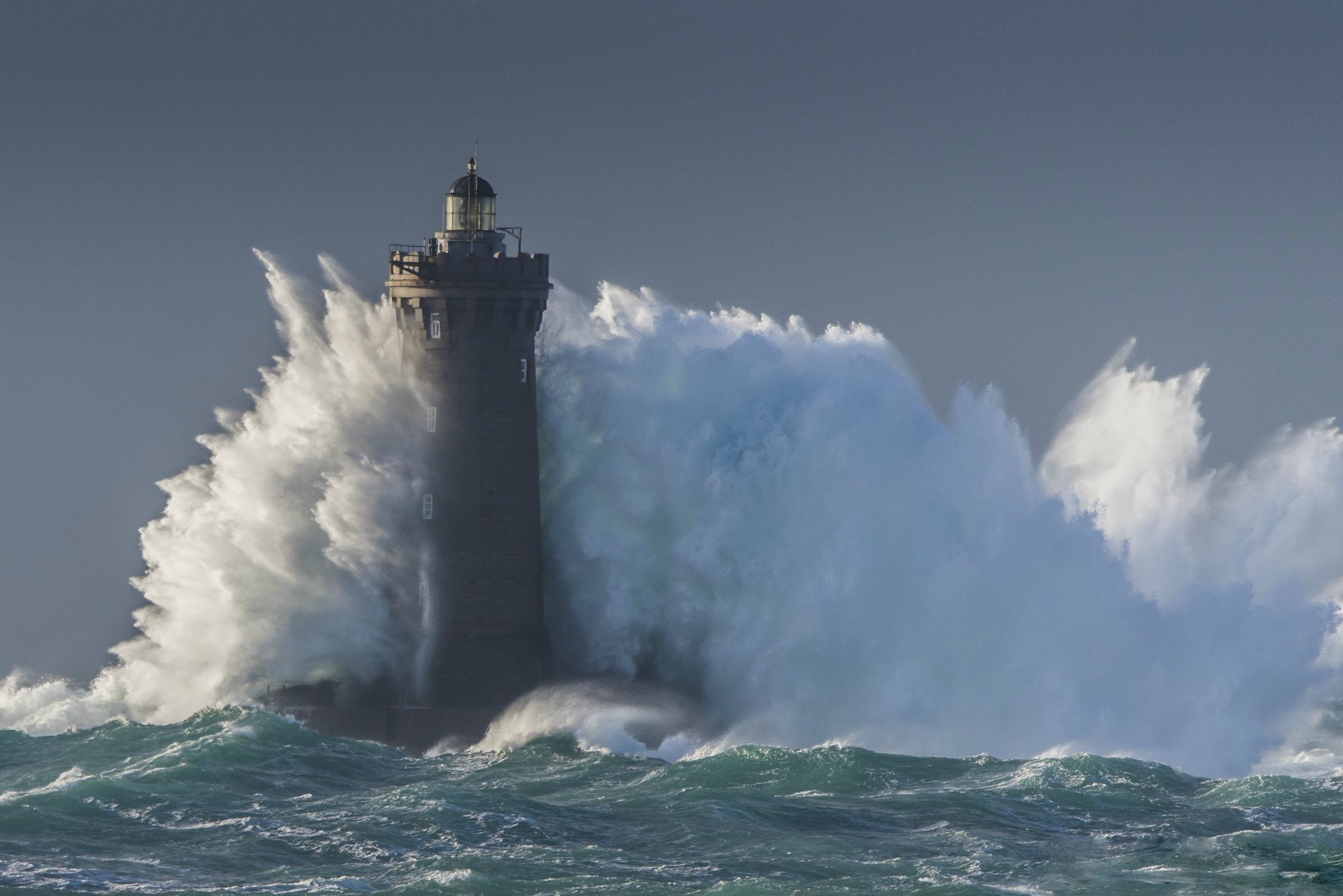



Metocean data combines meteorological (weather) and oceanographic information crucial for offshore operations. This includes:
This data is essential for planning, designing, and operating offshore installations safely and efficiently, from wind farms to oil platforms.
Metocean data is fundamental to offshore project success in several ways:
Modern metocean data collection relies on a combination of advanced technologies:
These technologies work together to provide comprehensive environmental monitoring and forecasting capabilities.
Companies can effectively integrate metocean data through a structured approach: